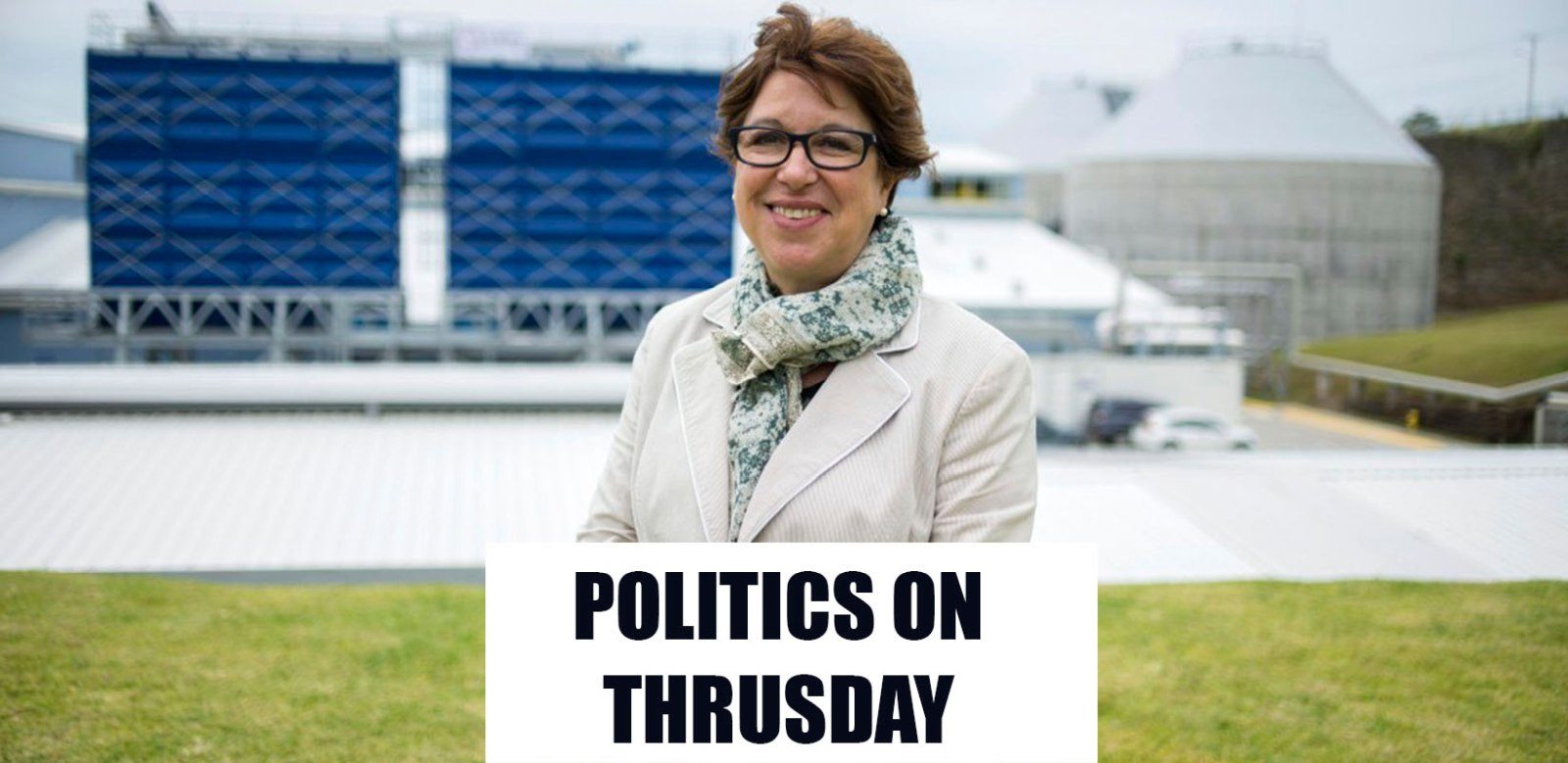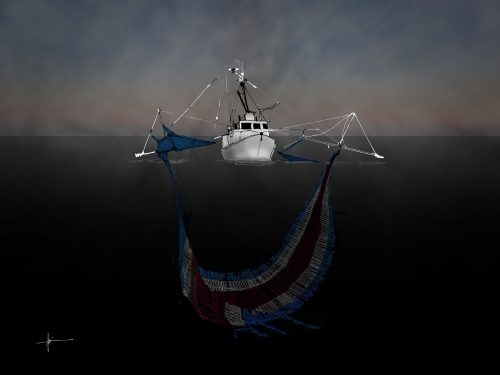
Who are to blame for Guanacaste not having water? Some point to the drought, others to lack of planning by recent government administrations and still others to real estate developments. The executive president of the Costa Rican Institute of Aqueducts and Sewers (AyA), above all, points to exploitation of freshwater for agriculture. She covers other problems that the region continues to face, as well as her plans to protect the region from a new crisis.
This is an excerpt from her interview with The Voice of Guanacaste:
Is it still considered a myth that there is water in Guanacaste but it doesn’t get to people due to lack of infrastructure?
It is true. We have aquifers with good water capacity, and we now have four projects underway for water in Guanacaste; well, actually five, six, seven projects for Guanacaste, large projects. We have water capacity in all of them.
In Guanacaste, there is a perception that the gigantic projects, the big hotel, hog all the water.
In effect, hotels consume plenty of water. However, the provisions are this way. We know that in a hotel people do not bathe once but two or more times, and there is much higher consumption. But this is no comparison with the extraction done in agricultural activities. No comparison. Seventy-five percent of the water that is consumed today in the country, and also in Guanacaste, that is extracted from the aquifers, is for agricultural irrigation, not for human consumption, or hotels or anything else.
Is this practice efficient?
Not efficient at all. Agricultural activity in Guanacaste uses gravity irrigation, the most inefficient technique that there could be. In times of water crisis, it makes no sense.
Which companies practice it?
They are not companies; they are farms. Irrigation canals pass in front of the farms. The gates open in the farm and the billing that is done is by area. Now Senara (National Groundwater, Irrigation and Drainage Service) is making an agreement with ARESEP ( Public Services Regulatory Authority) to change this so that billing will be done by volume, because if you charge by area, you can go and, as they say, open the gate and let the water run because you will pay the same for 20 cm as for 1 cm. Nobody there is going to worry about water consumption.
What impact has this overconsumption of water had on construction in Guanacaste? Can the people of Guanacaste build mega projects?
We can’t talk about Guanacaste in general. It depends on the site. At the moment, we can say that Liberia can indeed do so. In Cañas right now, we could provide for it, but not [for] large complexes.
And, in a case like the Mall of Tamarindo (which continues in process despite the lack of water availability), how far can AyA go?
It depends. In most of these places, there are ASADA rural water boards. Part of Tamarindo is [overseen by] an ASADA and part is AyA. In this area, there can be no availability; rather, there has been overexploitation. Many more constructions were allowed without even having availability, therefore what they have done is that these projects, for example, if there is an ASADA in Brasilito and it says “I don’t have availability,” they go get their own water concession. And it has been given to them. This has meant that, at this moment, for example, in Brasilito, there has been an overexploitation of the aquifer and the aquifer is salinizing.
Even if an ASADA does not have water, could it grant availability (a permit that is essential to begin construction)?
If they do not have water, it would be irresponsible to grant availability.
Have there been any cases like that?
There have been, but fortunately, we realized it and the ASADAs were advised. Many of them were very confused and granted availability without having it.
How much are the ASADAs impacted by the fact that the law is so old?
Rather than talking about the ASADAs, we should talk about the water resource itself. That’s part of what happened with the coastal aquifers. The big problem is that the government does not have the ability to control because the law we have is from 1942 and does not take into account the figure of the bodies of water. It takes water into account as water, not the bodies of water that have to be administered. [At this time], they are administered based on what comes in and what there is capacity to extract: if you extract more than that capacity, what we have today in all of the coastal communities is what happens.
This law talks about the economic aspect of water. Why is there so much controversy about how the law treats water as an economic resource?
Because for the first time it is put that way, but water in Costa Rica since the law of 42 is treated as an economic good, otherwise, people would not be charged for water.
But it was not established before.
It is one thing to pay for the service, for the water that comes out of the faucet at my house, and it is another thing to pay for water that I extract from the natural environment.
Since the law of 42, the use of water that is naturally extracted is paid for, not the service. Since then, it is paid for; that is giving it an economic value. If not, it would be a free good. Back then, it was not called that, but it was paid for. It hasn’t been until now that it is spelled out and called what it is.
And in this so multiparty assembly, what is the role of AyA to move this law forward?
Well, look, the President asked me to lead this now here in the Assembly. I have been involved plenty with the legislators, meeting with them, talking about the virtues of the bill. Several proposals have been made, both from the National Agricultural Alliance (ANA- Alianza Nacional Agropecuaria) and UCCAEP (Costa Rican Union of Chambers and Associations from the Private Business Sector), and we have also been reviewing their proposals.
Some of the proposals from ANA are accepted because instead of coming to affect the project, they improve it, mostly in wording, but we are not lobbying to accept proposals that radically change the content. One of the things they propose is that the hydrological unit councils be eliminated. Yesterday I returned from Panama, and Panama now has 12 hydrological unit councils (work groups to manage water resources. Several of these initiatives exist around the country.)
Do you think that slows down the process?
No, no, no. What I tell you, rather than slow down the process, is the lack of knowledge… I am very concerned when there are people who make decisions and they don’t know about the matter. It is a complete lack of knowledge.
If there is a council, and it is represented by the different sectors, each sector will be responsible for [making sure] the person who will participate is ideal, and this ideal happens because, of course, there are criteria― that is by regulation.
Regarding the PIAAG projects, how would the law have helped if it had existed before this water crisis?
Look, I assure you that a PIAAG might not have been needed because there would already be a council.
Would there already be water management?
Of course, the council would already be constituted. Let us remember that this law (the Water Law bill) [was proposed] fifteen years ago and the councils have been talked about from the beginning. No one has ever been opposed, until now that the ANA and UCCAEP come along saying that they are opposed when they were both in agreement. They had been in agreement.
When did this change [of opinion] happen?
Right now, right now. UCCAEP presented its proposal two weeks ago and ANA [did so] in July.
Does that further delay approval of the law?
Well, it has delayed everything because, logically, the legislators review all of the proposals that they receive.
So how would the law have helped combat the water crisis in Guanacaste?
The monitoring would possibly now be far more advanced by the water administration, which would have an office there, and having an office there, with much more staff, it would logically be much more equipped to keep a control of water exploitation. Then we would not have gotten to the salinization problems we have today. If you do not have a control over what is extracted, we exhaust the aquifers and exhaust the bodies of water.







Comments